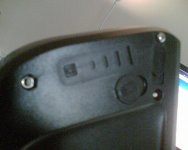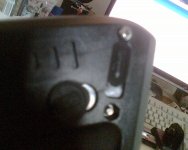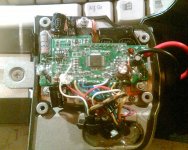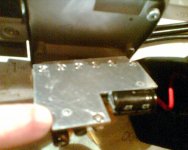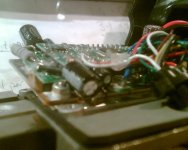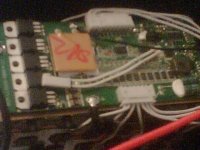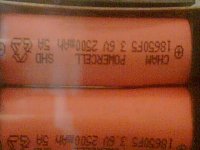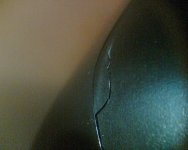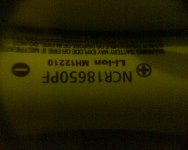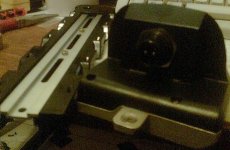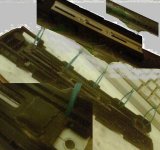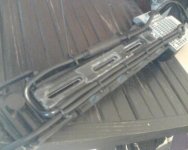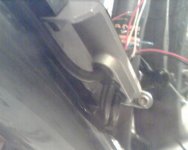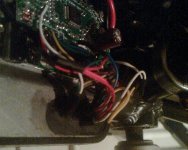friendly1uk
1 MW
I just got two of these. Both types of 48v pack with both standard and internal controller mounting hardware.
I'm going to open them up to consider raising the 20A bms limit and 20A controller limit.
Has this been done before? I would be much happier reading someone else's thread than starting from scratch.
Are there any pictures in particular that people would like?
The 48v 11.6ah battery weighs 3249g
The base with controller weighs 386g
A key weights 8g
Total 3643g
The 48v 10ah battery weighs 3209g
The base without a controller weighs 277g
With a key, that's 3494g
Looking them over, I see the same micro fractures on each. Just about every hole or indentation has a fracture leading from it. Likely from manufacture.
I'm going to open them up to consider raising the 20A bms limit and 20A controller limit.
Has this been done before? I would be much happier reading someone else's thread than starting from scratch.
Are there any pictures in particular that people would like?
The 48v 11.6ah battery weighs 3249g
The base with controller weighs 386g
A key weights 8g
Total 3643g
The 48v 10ah battery weighs 3209g
The base without a controller weighs 277g
With a key, that's 3494g
Looking them over, I see the same micro fractures on each. Just about every hole or indentation has a fracture leading from it. Likely from manufacture.


